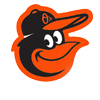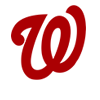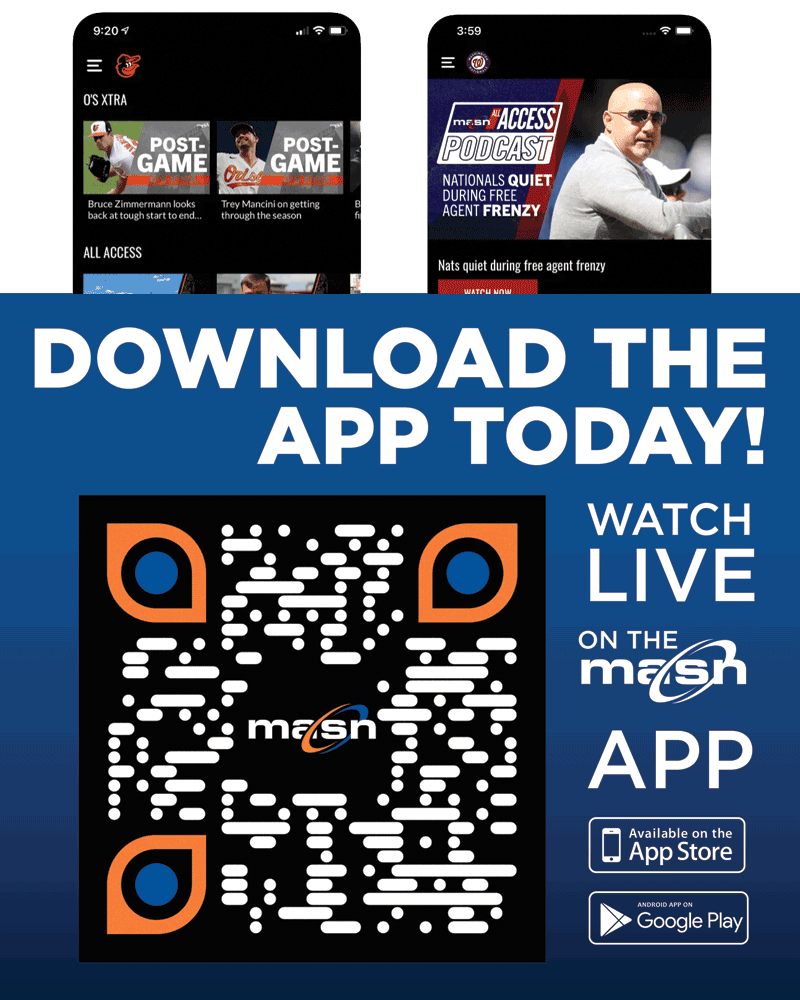Today is the 43rd anniversary of the date a Dodgers pitcher tore an elbow ligament, an injury that eventually made his name not only a part of baseball vernacular, but a household term.
We learned over the weekend that Nationals pitcher Joe Ross will have Tommy John surgery on Wednesday, a procedure that one-third of all major league pitchers had undergone as of 2013. Hundreds are performed each year. The Single-A Potomac Nationals even had an "Ode to Tommy John Surgery Statue" giveaway on July 8. It was the right half of a right-handed pitcher's torso, arm posed to throw, with the elbow muscles exposed and a removable ulnar collateral ligament, like the old "Operation" board game.
The giveaway wasn't, however, a likeness of John, a former teammate of Nats manager Dusty Baker. Perhaps few these days would recognize him. But John is the reason no one ever refers to the surgery by its clinical name, ulnar collateral ligament reconstruction. That's not because John was the first to have the surgery, but because he recovered and pitched successfully afterward. In fact, John collected more of his 288 career wins, 164 to be exact, after the surgery than before.
A sinkerballing left-hander, John signed with Cleveland as a free agent in 1961, before there was an amateur draft. He made the big leagues two years later, but it wasn't until he was traded to the Chicago White Sox in 1965 that he started to shine. He won 82 games for Chicago through 1971, with four straight winning seasons from 1965-67.
In 1971, John was traded to the Los Angeles Dodgers in a deal for slugger Dick Allen. He thrived in Dodger Stadium, putting up a 40-15 mark through July 17, 1974, the day he suffered his infamous injury against the Montreal Expos. Diagnostic techniques like MRIs didn't exist in those days, only X-rays that showed a ligament tear. Until then, that was a career ender.
Dr. Frank Jobe, the Dodgers' team physician, had only an idea for surgery, and he doubted that John would pitch again. Dr. Jobe said in 2013 that he initially estimated the chances for success at one in 100. But John worked to get back, taking the entire 1975 season off, and working with Dodgers pitcher Mike Marshall to reinvent his pitching motion. He returned to the mound in 1976, going 10-10. The fact that he pitched again at all was considered miraculous, but his best was yet to come.
The 1977-80 seasons demonstrated that the surgery and recovery were a huge success. In 1977, John went 20-8, made the National League All-Star team and helped the Dodgers win the NL pennant. He finished second in the NL Cy Young Award voting that year. He followed that up with a 17-10 campaign in 1978 and another trip to the World Series, where he was the winning pitcher in Game 1.
John signed with the New York Yankees as a free agent in 1979 and put together 21-9 and 22-9 seasons, finishing second in the '79 Cy Young voting. He helped the Yankees get back to the World Series in the strike-shortened 1981 season, winning Game 1 of the ALCS and Game 2 of the World Series against the Dodgers.
John pitched another eight seasons, winning 65 more games. When he retired in 1989, John had matched the major league record for most seasons with 26, a mark later broken by Nolan Ryan. His 288 wins are still the seventh-most by a left-hander in major league history. John is not in the Baseball Hall of Fame, but Dr. Jobe was honored by the Hall, though not inducted, in 2013.
The surgery and John's recovery were revolutionary in the 1970s. Nowadays, the surgery is commonplace and teams have protocols for recovery. Nats star Stephen Strasburg and former National Jordan Zimmermann are but two success stories.
Nats fans hope the team will not miss Ross as the team drives toward a fourth NL East title in six seasons. They can be confident, though, that because of the surgery John and Dr. Jobe pioneered, Ross will pitch again, and will likely pitch well.
Marty Niland blogs about the Nationals for D.C. Baseball History. Follow him on Twitter: @martyball98. His thoughts on the Nationals will appear here as part of MASNsports.com's season-long initiative of welcoming guest bloggers to our site. All opinions expressed are those of the guest bloggers, who are not employed by MASNsports.com but are just as passionate about their baseball as our roster of writers.




-1745819772711.png)

